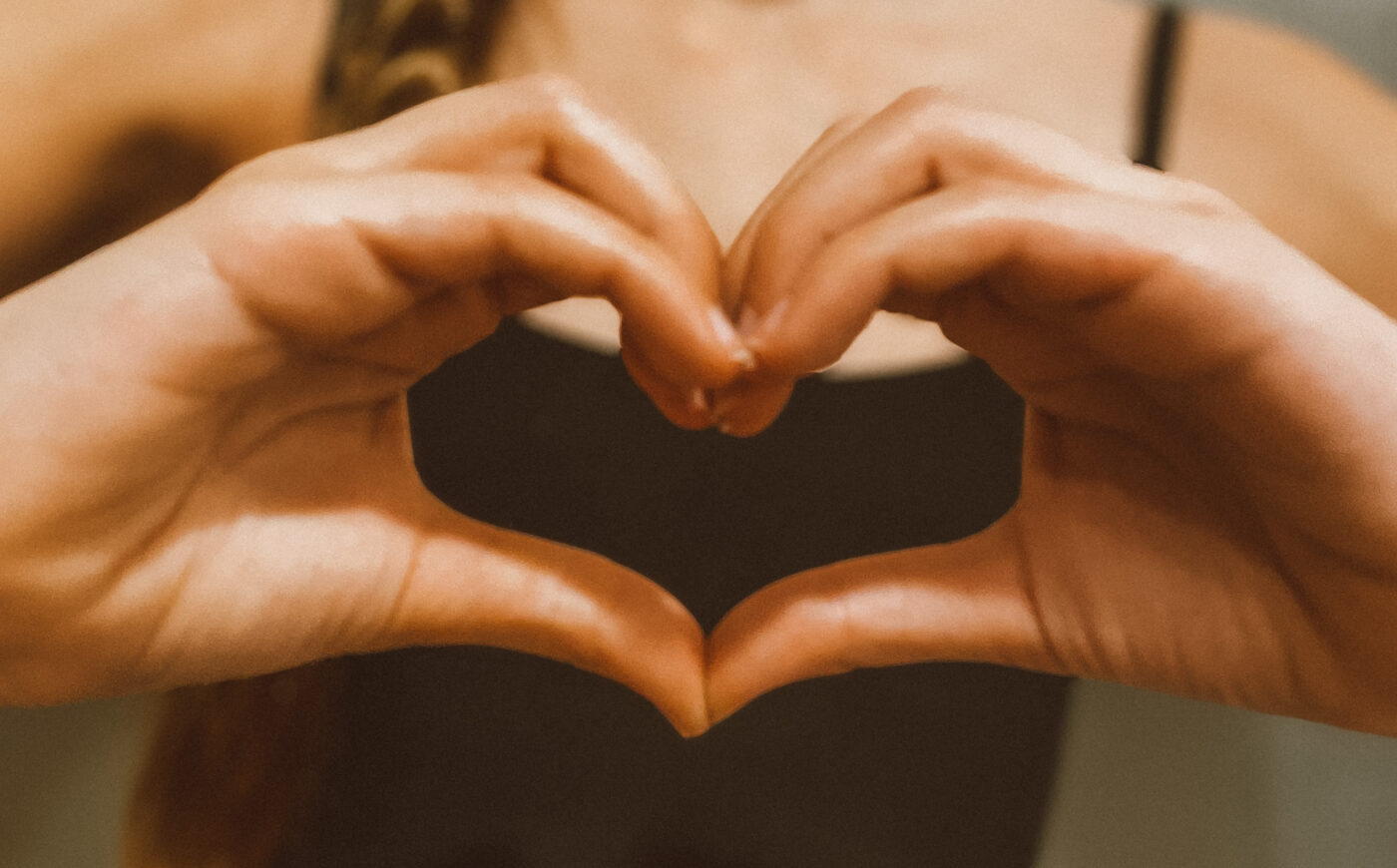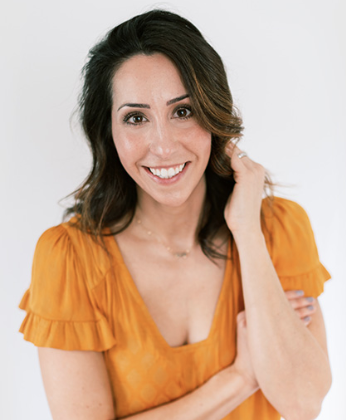Going Out to Dinner with Kids While on a Sleep Schedule
My Experience with Baby Sign Language
Like many new parents out there, I read books and signed up for parenting classes with the hope of learning as possible about raising a happy, healthy baby. It was early in my pregnancy when I learned about the benefits of teaching sign language to babies. I had enjoyed a semester of ASL back in my college days, so I was intrigued. There seemed to be so many benefits, including less frustration and increase in connection. I was in!
How I Introduced Baby Sign Language
There were a 5 things that I did that I attribute to our sign language success:
- Start small: I began using about a half dozen signs on a daily basis while talking to my three-month old baby girl: eat, more, all done, milk, please, and diaper.

2. Start early: By starting at an early age, she began to associate the sign with the word.
3. Repeat: The consistency of using the signs throughout our day helped me to get into the habit, and helped her with recognition.
4. Make it fun: I got a picture book with some baby signs, and I also incorporated it into imaginative play using her puppets and dolls.
5. Patience is key: The repetition and consistency will pay off.
After months of signing with no reciprocation from my girl, my confidence began to waiver – and then it happened. At a little less than nine months old, she signed “more.” Success! I wasn’t the only one who was happy; the look on my daughter’s face spoke volumes. I could tell we were onto something, and it was worth the effort!
Expanding Beyond Basic Signs
Once she got into a routine of signing those basic words I had introduced, we added more signs. By ten months, she was using more than a dozen signs. Signs for book, music, all different animals, sleep, and cookie to name just a few. While she modified some of the signs (water, for example) based on her limited dexterity, it was clear to me what she was “saying”. By twelve months, she knew two-dozen signs and was beginning to string thoughts together: “all done eat” and “more Cheerios please.” I often referred to My Smart Hands, hungry to learn and teach new signs, but Google images were equally helpful.
To my amazement, at thirteen months, she started creating her own signs: waving a hand over her head when she wanted her Cat in the Hat stuffed animal, bouncing her hand up and down when she wanted me to sing a song about a little green frog, and jumbling her fingers together frantically when she was frustrated (I can only assume this was some sort of baby expletive).
At two years old her vocabulary was growing daily, and my daughter rarely used her sign language anymore. When she did, it was for a private moment of communication (something just for me). Not surprisingly, she still cried, and there were still the times that I didn’t understand what she was trying to tell me. Yet those moments paled in comparison to her being able to tell me that she was listening to a bird chirp or that she wanted to listen to music. I will always remember that special time of shared understanding and communication with my baby were before she could speak.

Chris Baptiste is Chief Growth Officer at Sleep Wise Consulting. She is a certified in adult and pediatric sleep and majored in Communications at Stonehill College. Chris has two daughters who both enjoyed learning sign language before age one.


